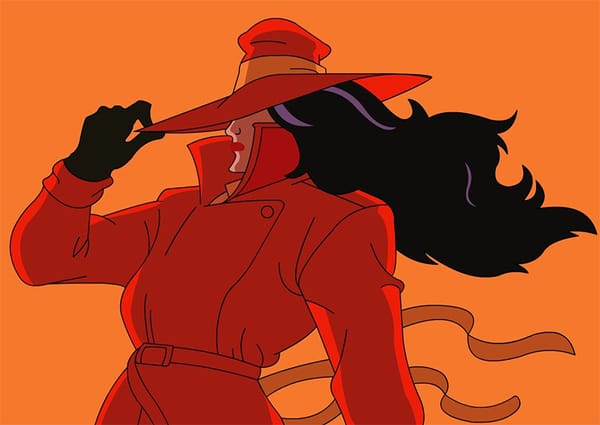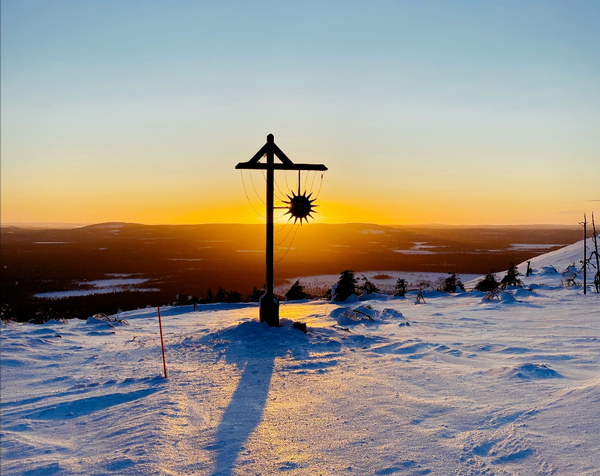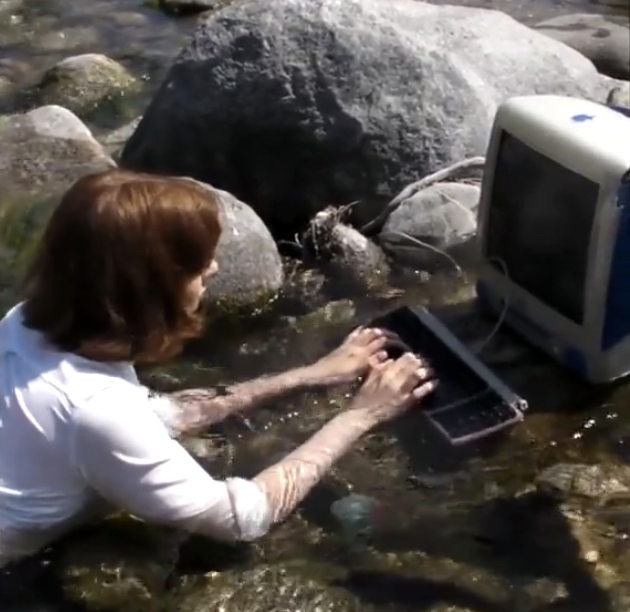How to Find the Value in Nothing
More lessons for transitional times
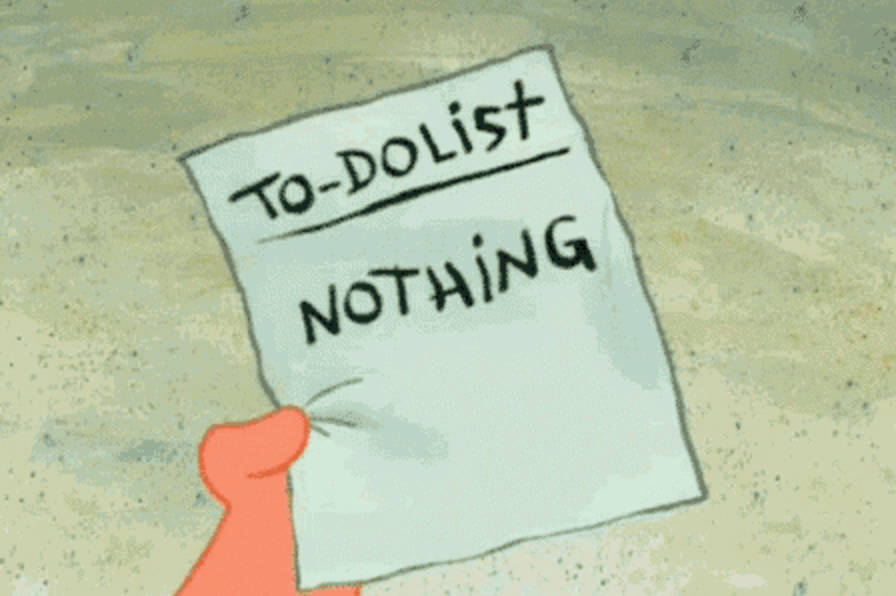
Last week I wrote an essay about quitting my job as a journalist for The New York Times and stepping into the mysterious space that comes after one thing ends and before the next thing begins. I received many messages and emails from people who connected with feeling adrift, and I was reminded that it can be valuable to see someone learn in real time. With that in mind, I wanted to share something new.
A Door To Nothing
This week, I got out of the house after recovering from COVID, and one of the first people I saw was my friend Eli. She’s not only had an epic life – from growing up in Colombia as a metalhead to moving to Europe to study philosophy and become an artist, but she also has an uncanny ability to see the truth. She can walk into any scenario and pinpoint the single detail that tells the whole story.
We met up at a courtyard café. The trees were lush and the sun was shining, the kind of Berlin summer day that makes you forget months of darkness and gray.
“How are you feeling?”
I tried to explain the range of emotions from calmness to excitement to fear. Some days didn’t feel that different. I was still on the computer, still refreshing my email and checking Slack, even though there was nothing there for me. I had more space in my life, which had brought ease, but it also made me a little anxious, like I was looking into a void. What was I going to do with all this extra room?
Eli listened and when I finished talking, she nodded toward a brick wall behind me. “Look,” she pointed to where someone had written the word niente in chalk over a doorway. “That means nothing in Italian.”
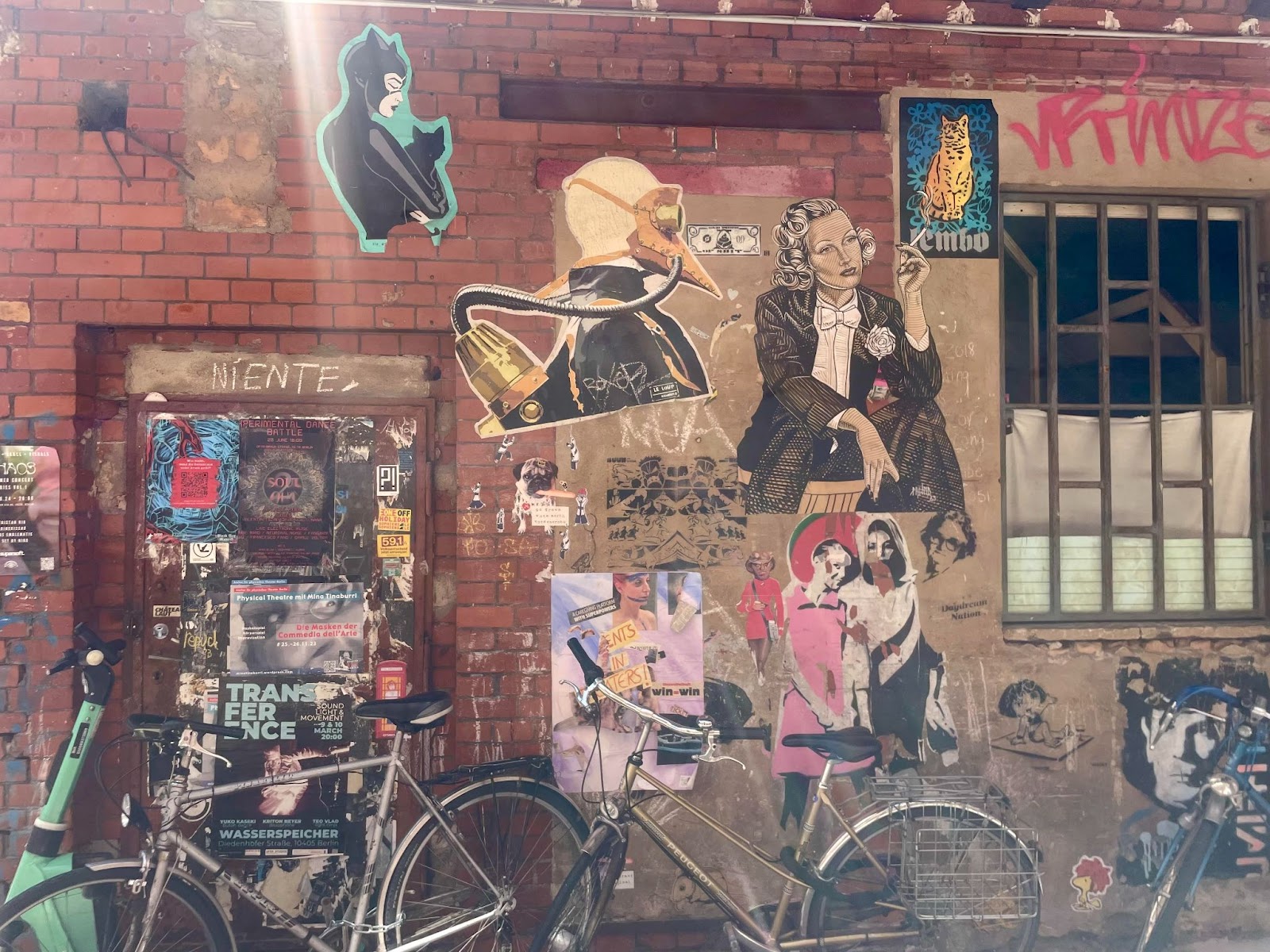
When I saw the door labeled “nothing,” my first reaction was dread. That door represented a fear I had about this transition period – that it might all add up to nothing. My younger self – which is to say, me from last week – had talked a lot about rest and recharging, but I also wanted this time to be fruitful. I was afraid that if I got too close to doing nothing, I might become a failure.
This resistance to nothing makes sense, especially in the West where nothingness is tied to lack, death, and nihilism. It’s seen as purposelessness, laziness, and emptiness in the worst sense. Our productivity-obsessed society feeds these fears, making it difficult to see the value of nothing.
The Case for Nothing
Nothing has a long tradition of being beneficial. In Religion and Nothingness, the Japanese philosopher Kitaro Nishida considers nothingness the true existence within us. Engaging with nothing doesn’t mean “not existing” but rather meeting a part of ourselves beyond the personas we play in the world. Philosopher Martin Heidegger also saw the concept of nothing as crucial to understanding ourselves, writing, “For human existence, the nothing makes possible the manifestness of beings." Even the concept of zero, which revolutionized mathematics, shows that nothingness can be the birthplace of potential and new beginnings. By embracing nothingness, we can open up new pathways for growth and creation.
Sometimes, nothing isn’t even about growing or creating. It’s simply about enjoying, as explained in this iconic scene.
I once attempted to experience dolce far niente. A friend invited me to stay at a house she’d rented in Italy. It was tucked away in the Tuscan hills, where there was nothing to do except eat delicious food, lounge in the hammock and maybe read a book.
“Have you heard of this one?” She handed me a copy of How to Do Nothing: Resisting the Attention Economy by Jenny Odell.
The book explores the importance of disengaging from technology that demands our constant attention and emphasizes the importance of reclaiming our focus so we can connect more deeply to our communities, nature and ourselves. That afternoon, I only managed to read a few pages before getting frustrated that I couldn’t sit still and read anymore. Then I spent the rest of the day sending emails.
Recently, though, I revisited How to Do Nothing, this time as an audiobook. Listening to Odell’s insights made me realize how difficult it is to do nothing. It involves not only reclaiming our attention and deprogramming our ideas of success and worthiness but also finding time and physical spaces without digital distractions where we can be more present. Odell found presence in a rose garden, and she cites others who found it in libraries, nature preserves, and public art spaces.
I found presence in dance class.
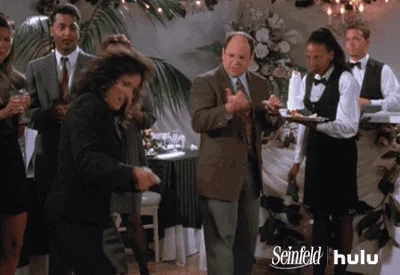
Finding Presence as a Way to Doing Nothing
I’m not a good dancer. In fact, I’m so exceptionally bad that after several “open level” and “no experience necessary” classes I’ve been pulled aside by the teacher and told that I should really start at the beginner’s class, or better yet, the class beginner’s take before they become beginners.
But the class I’m in now is all about keeping your pre-beginner’s mind. It’s called Embodied Research, one of those names that doesn’t really capture what it’s all about.
In the class we explore the vibrations, sensations, and feelings that arise through movement and stillness. Exercises include pretending to be chewing gum stuck to the floor, embodying the spirit of a champagne cork popping, holding make-believe jugs of water, observing ourselves soften when the jugs are magically emptied. It’s totally weird and woo-woo and childish, but it brings me into the present for an hour or two.
This week, though, I wasn’t totally present. I went to this class right after seeing the door to nothing, and I was still ruminating. What if I had nothing to offer? What if I had nothing to write? What did the door to nothing want from me?
I tried to refocus on the class. The theme was becoming water, and the teacher reminded us that more than half our body is made up of water. As I re-learned to flow and transition, I also realized that I really needed to pee.
As a recovering pee-holder, I’m familiar with the habit of holding it in meetings, on trips, during exercise classes. If I had to Freud myself, this probably comes from a lifetime of ignoring my needs to make other people more comfortable. But I’m trying to get better at that, so my ruminating thoughts and I left the dance floor.
If you’re ever in need of cheap, quick wisdom, a good place to find it is a heavily-graffitied bathroom stall. The first thing I saw when I closed the door was this:
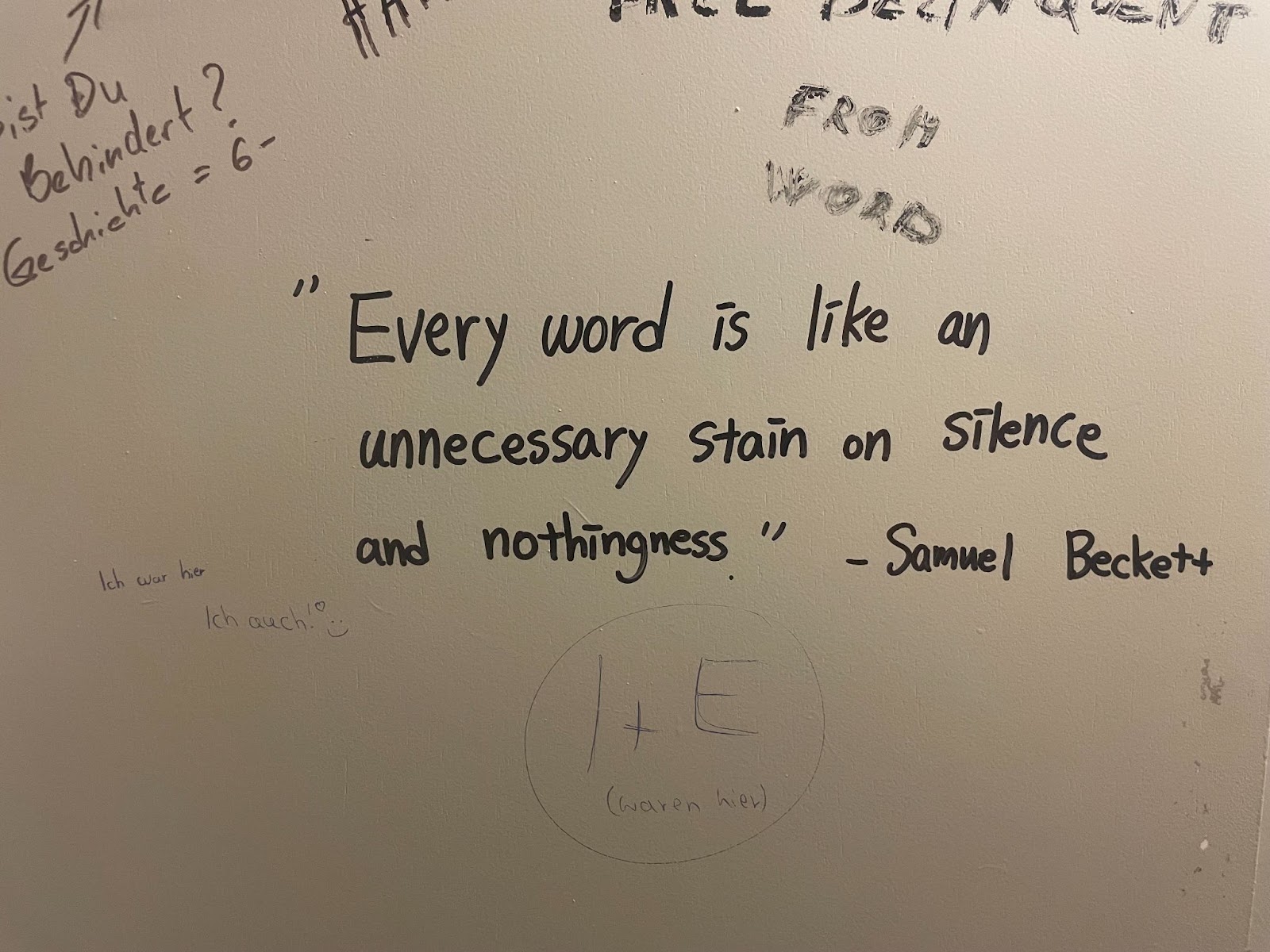
Another door was pointing me toward nothingness, and this one was telling me to stop using words to make sense of things. Maybe I should stop right now. Maybe I shouldn’t leave more stains. But as Beckett also said, “I can’t go on. I’ll go on.”
I’ll go on to say that when I went back to the class, we did a wordless exercise, working in pairs to help each other roll across the floor. It was a practice of slowing down during transitions. We were instructed to feel each decision and make intentional movements. There were moments when I was physically uncomfortable and others where I enjoyed the process of moving across the floor. There were silly moments and beautiful ones as I saw other students trusting each other and just being. This wasn’t an experience to analyze. We weren’t supposed to write about it. There was no goal. We were embracing the space between transitions. We were doing nothing, and in that there was joy, pain, humor and ease that made me feel alive.
Embracing Nothingness
These doors to nothing seem like they’ve appeared in the last week, but I suspect they’ve been here for a while. You might have a door to nothing in your life, too. The only reason I saw mine was through slowing down, maybe for the first time in my life.
Whether or not I step through that door, the nothingness will be there. We can try to conceal it with our job titles, relationships, money, and social standing – but once all that is stripped away, nothing is what remains. I’m realizing that confronting nothingness isn’t about losing ourselves to a void but rather about being open to the world and becoming more authentic versions of ourselves.
When I started this project, 52 Stories, I wanted to create a home for my writing. I wanted it to be a place where I could share my work and connect with others. Moving forward, I’ll continue sharing short stories and essays here, and I’ll also make room for nothing. I haven’t opened that door, but I’m standing near the threshold and curious about what’s on the other side.
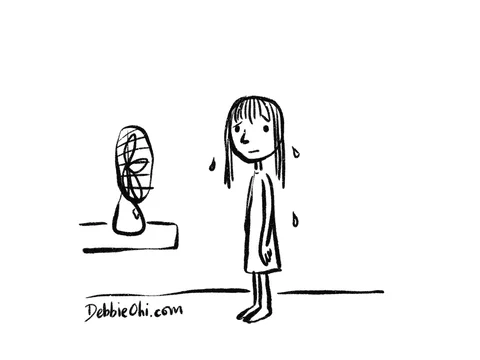
c/o Debbie Ridpath Ohi
